PPT-Entity Framework Model Partitioning in
Author : mitsue-stanley | Published Date : 2018-03-09
DomainDriven Design Bounded Contexts Julie Lerman DEVB411 DomainDriven Design Fundamentals Automated Testing for Fraidy Cats Like Me Getting Started with Entity
Presentation Embed Code
Download Presentation
Download Presentation The PPT/PDF document "Entity Framework Model Partitioning in" is the property of its rightful owner. Permission is granted to download and print the materials on this website for personal, non-commercial use only, and to display it on your personal computer provided you do not modify the materials and that you retain all copyright notices contained in the materials. By downloading content from our website, you accept the terms of this agreement.
Entity Framework Model Partitioning in: Transcript
Download Rules Of Document
"Entity Framework Model Partitioning in"The content belongs to its owner. You may download and print it for personal use, without modification, and keep all copyright notices. By downloading, you agree to these terms.
Related Documents


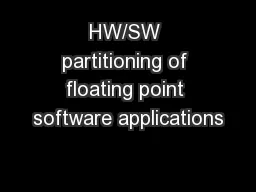

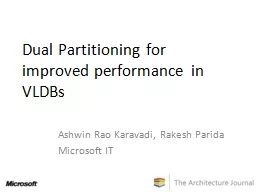

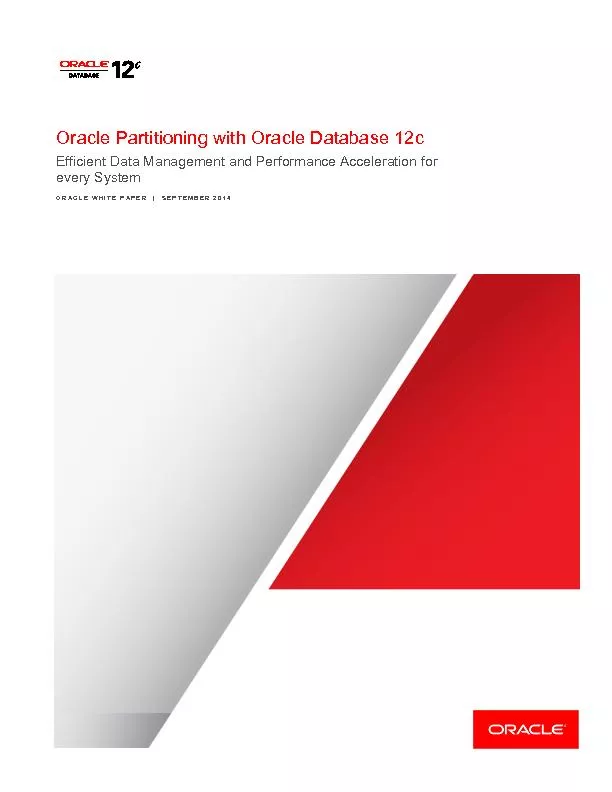
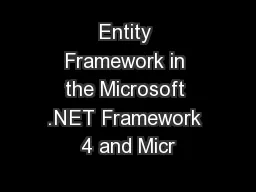

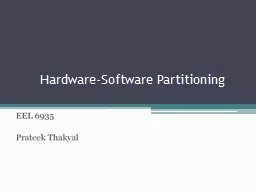


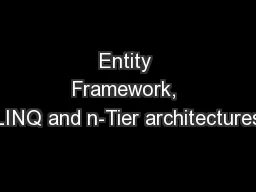
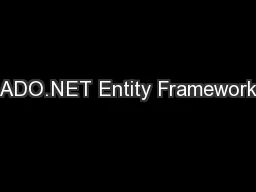
![[DOWLOAD]-Programming Entity Framework: DbContext: Querying, Changing, and Validating](https://thumbs.docslides.com/980768/dowload-programming-entity-framework-dbcontext-querying-changing-and-validating-your-data-with-entity-framework.jpg)